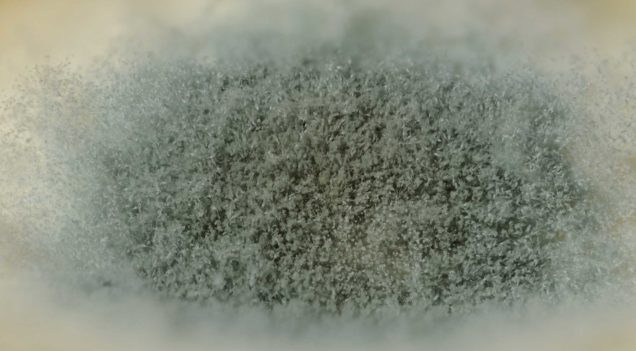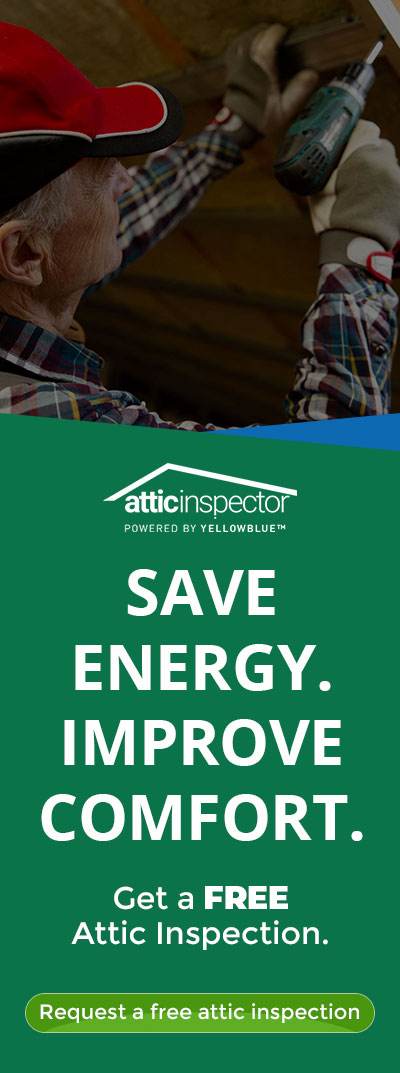It’s more than an eyesore. In fact, it’s akin to something you’d see in “American Horror Story” or one of those scary classics you only watch once a year on Halloween.
Rightly so, as it could really take center stage anywhere.
Fungal toxins in the home look disgusting. Household fungi are living organisms that can, and do, become airborne.
What that means for you is you’re going to want to hit the pause button and find out more about these toxins and what they mean for your home.
A recent study conducted by a group of researchers from the National Veterinary School of Toulouse in France found fungal toxins, also called mycotoxins, are indeed a source of indoor air pollution.
Beyond that, the toxins contribute to what is referred to as sick building syndrome, which occurs when building occupants present with symptoms like nausea and eye, nose and throat irritation.
The study, which was published in the American Society for Microbiology’s Journal Applied Environmental and Microbiology, found that these mycotoxins can transfer from surfaces into the air, making them an inhalable substance capable of affecting air quality in buildings.
The researchers focused their efforts on what they called an understudied area. They sought to better understand three fungi commonly found in contaminated food: Penicillium brevicompactum, Aspergillus versicolor, and Stachybotrys chartarum.
Results found that several toxins were present in dust particles that are commonly and easily inhaled by animals and people.
The research is in line with prior studies on the overall risks associated with indoor air pollution. It’s a commonly overlooked area of pollution, in an era that remains much more focused on outdoor air than the air we breathe indoors a much higher percentage of the time.
In fact, research supports the scary and unfortunate truth that indoor air can be deadlier than outdoor air.
In a study published in the Journal Science of the Total Environment, researchers point to the common misconception that air pollution is only outside.
The team of researchers explored the implications of indoor air pollution, urging readers to consider increasing the amount of attention placed on the health implications of indoor air pollution. Why?
Because the most common sources of indoor air pollution may come as a surprise to some people. Our homes are generally the last place you think you’d need to protect yourself, yet that’s where the story of indoor air pollution begins.
It’s in some appliances and household cleaners. It’s radiating from dust mites in your bed, towels and carpet. It’s in excess moisture in the air and building materials.
Quite honestly, indoor air pollution can happen everywhere and anywhere in your home.
And it does.
Fortunately, there is something you can do about it.
Here is what you need to know to improve air quality in your home:
Ventilating your home is key
In the French study, researchers voiced some concern over a lack of airflow in what they referred to as an “overly insulated home.” What that means for the average homeowner is simple: make sure your home is ventilated properly.
The solution is to find ways to improve air circulation where it matters most. Air circulation in the home is critical, not only to keep the air clean, but also to be more energy efficient and comfortable in your space.
One of the most important spaces to maximize the overall efficiency and functionality of your home is in your attic, where installing a solar attic fan can make a huge difference for your bottom line and the health of your home.
Particularly in the heat of summer and dead of winter, proper attic ventilation helps keep the space at a healthy temperature, resulting in lower electric bills, as well as maintaining the structure and integrity of your roof.
A solar powered attic fan can help facilitate air circulation. Using a combination of progressive solar technology and advanced designs, solar attic fans provide unmatched power and performance. The result is a dynamic product that works to keep your attic cool and dry, ultimately keeping the air in your home cleaner and free of toxic air pollutants.
You can (and should) breathe better
Some of the biggest offenders that cause air pollution in your home are things a lot of us wouldn’t even think about. Building materials and furnishings, newly installed flooring, household cleaning products and biological contaminants like viruses and animal dander fall into this category.
Fungal toxins, like what was outlined in the French study, are also to blame.
And, in the case of indoor air pollutants, a fear of the unknown could be costly for your health.
Instead, it’s possible to be proactive in your fight against what you can’t necessarily see by installing a probiotic home air purification system.
Systems like RENUAIRE by Yellowblue offer increased protection from indoor irritants by providing effective and long-lasting residual cleaning of inorganic matter in the air and on surfaces.
The natural, chemical-free and environmentally friendly purifier puts probiotics to work to purify the air and hard surfaces through patented technology. Billions of probiotics are intermittently released into the air, consuming organic pollutants like pollens, dust mite waste and pet dander.
Want more tips for improving indoor air quality?
Fungal toxins are more than an eyesore. They are a hazard to the health and well-being of your family. But there are ways to see to it that they don’t even have a chance.
Finding steps to protect yourself from indoor air pollutants is incredibly important. Start by getting educated on the kinds of air pollutants that could be a threat.
From there, use that knowledge to be proactive and protect yourself by using environmentally friendly products like a solar attic ventilator or probiotic air purifier.
Contact us for more tips for improving indoor air quality. Speak to an independent authorized Yellowblue dealer near you.
Your home is where your story begins. Let’s make it a healthy one.




